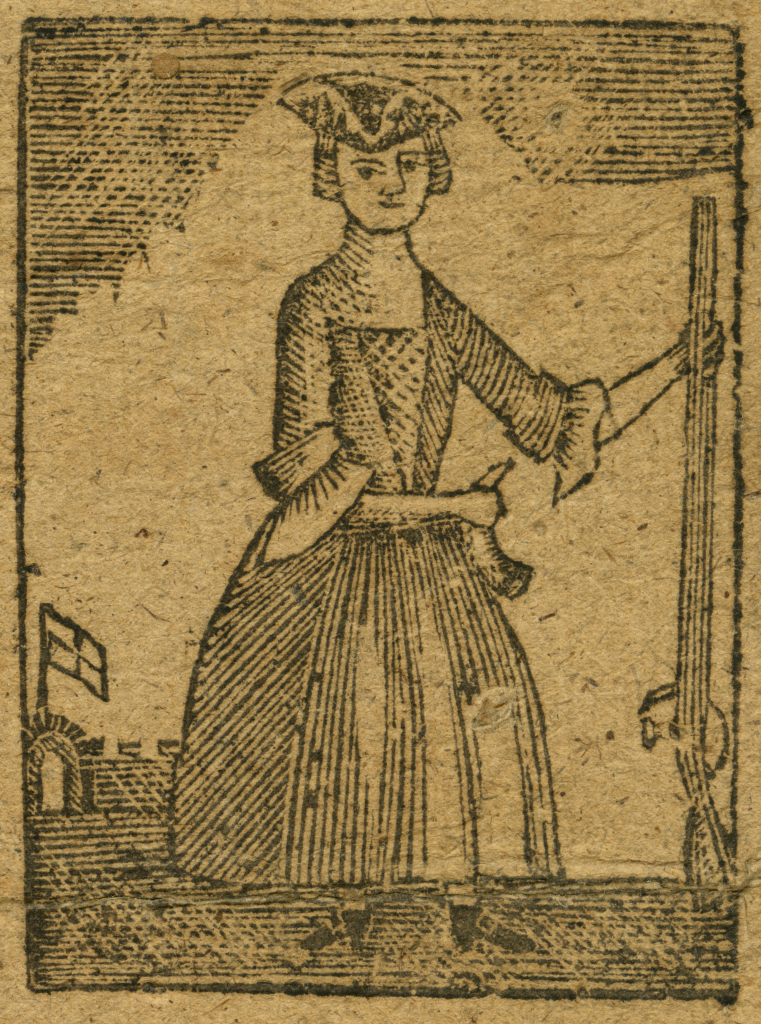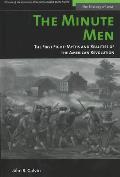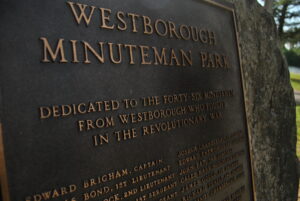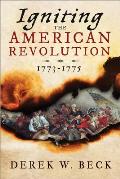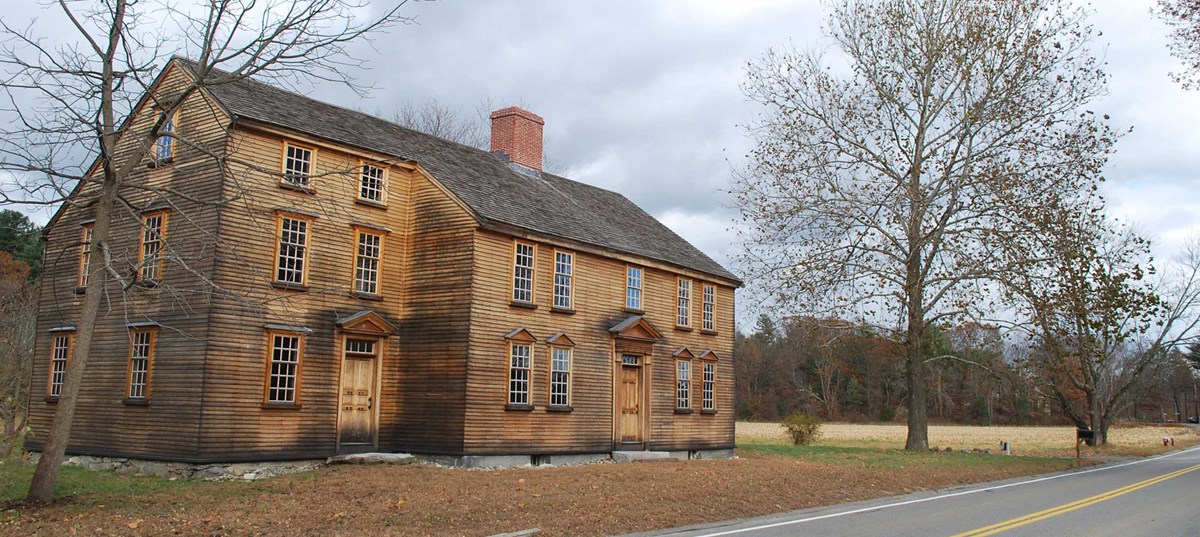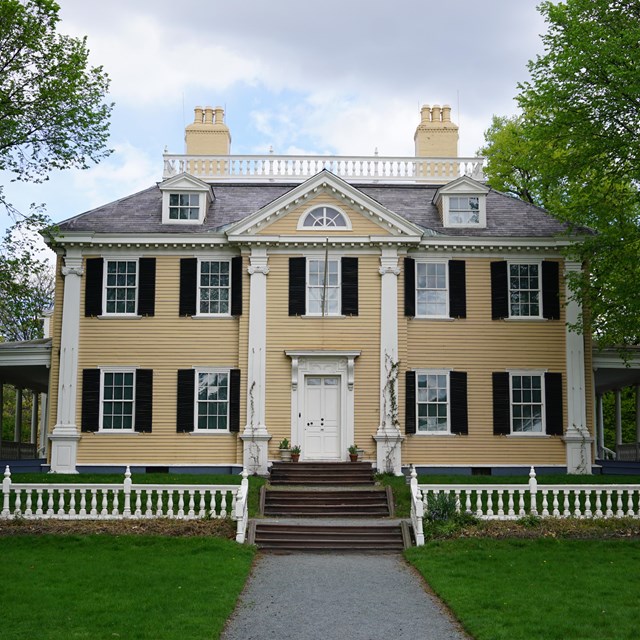“Underrepresented Voices” Conference in Boston, 14–16 July
The conference introduction says:
In recent decades, scholars have unearthed and revived stories of a diverse and wide-ranging cast of characters who lived through America’s political formation. This much-needed corrective has unraveled a traditional narrative of wealthy white male revolutionaries rebelling against a white male dominated imperial government.The program for Thursday, 14 July, will take place at the M.H.S., starting in the afternoon. There will be one panel with two papers, a reception, and finally keynote remarks by Profs. Colin Calloway, Kathleen DuVal, and Chernoh Sesay. This part of the conference is free to all who register.
The lead up to the 250th anniversary of the Declaration of Independence offers an opportunity to highlight and share the latest scholarship on the topic of underrepresented voices of the American Revolution whether that be from the perspective of Native Americans, women, African Americans, loyalists, ethnic and religious minorities, children, or neutrals in a global war that put the question of representation at its core. This conference will bring together scholars to explore the broad themes associated with historic individuals or groups not traditionally considered in discussing the American Revolutionary Era.
On Friday, 15 July, the action will move to Sargent Hall at Suffolk University. This full day’s program consists of four sessions, each with two panels featuring two to four academic papers and discussion (P.D.F. download of the full schedule). Registration for both Thursday and Friday costs $30.
Finally, on 16 July, K-12 teachers can participate in a full-day workshop led by Prof. Chernoh Sesay, Prof. (and former schoolteacher) G. Patrick O’Brien, master teachers, and M.H.S. education staff. The goals will be to “identify important takeaways from the conference, reflect on the accessibility of current scholarship for the K-12 classroom, and discuss best practices for introducing the major themes of the conference to our students.” Participants will have a chance to develop their own instructional materials in collaboration with scholars and fellow educators. This day also costs $30.

